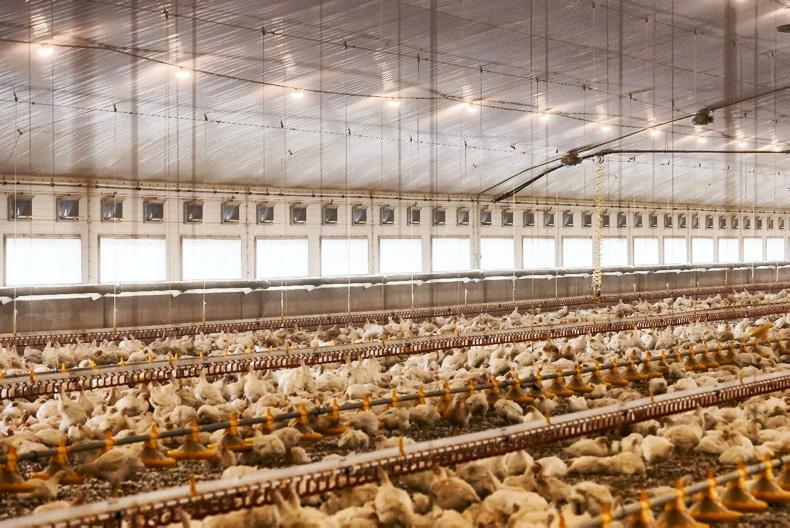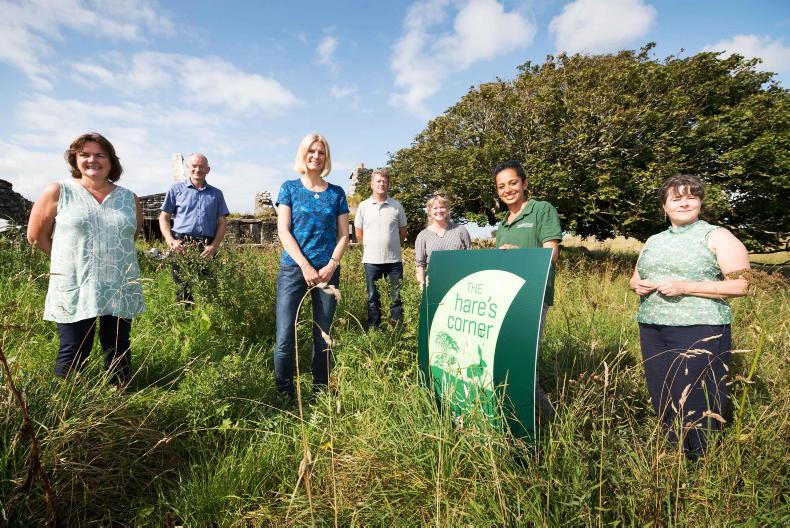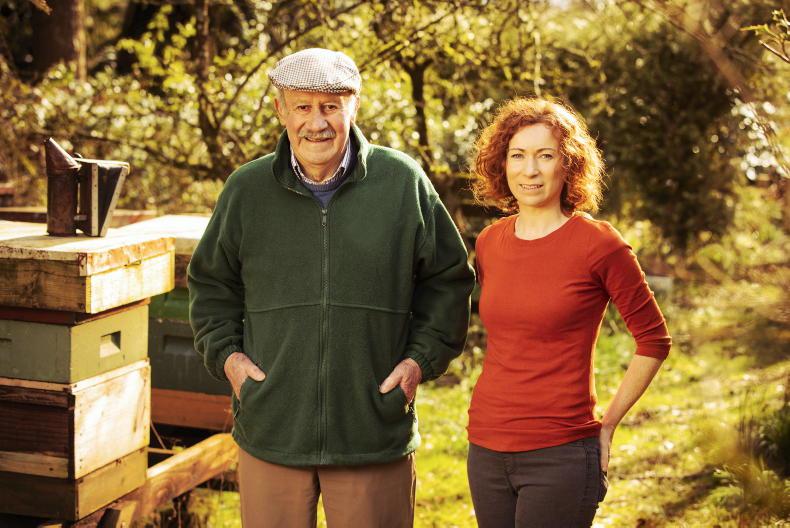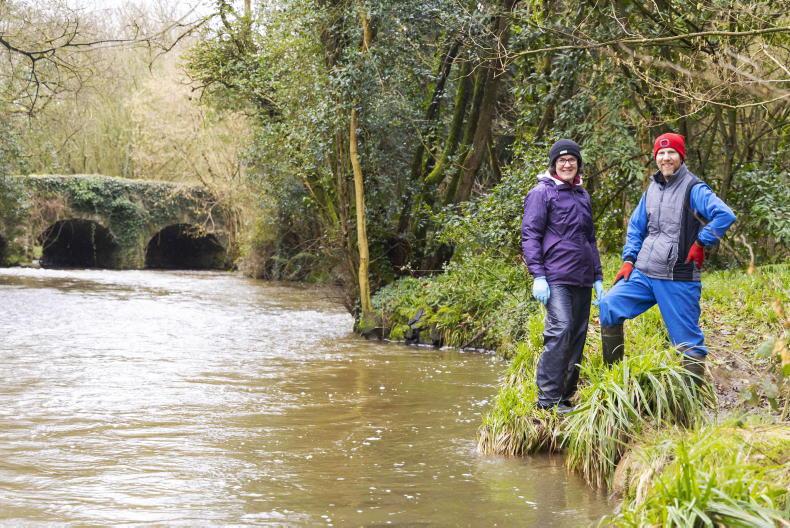While spring is a busy time on farms, it’s also an opportunity for farmers to earmark less productive areas of the farm that could be managed for nature.
Known as “hare’s corners”, these areas can provide refuges for wildlife without affecting farm outputs.
Practical actions farmers can take include extensively managing these areas - for example, not fertilising the area to increase the growth of wildflowers. These provide food for pollinators and insects, including those that can help keep crop pests under control.
As the weather warms up, evening time will also see bats emerging. Bats use different roosts throughout the year such as hibernation roosts and maternity roots.
In addition, different species of bats choose different structures for different activities. Most farms have some of these structures, so it is important for farmers to understand hw different buildings on their farms can provide roosts for bat, especially large stone buildings with slate roofs with open voids.
It is recommended to get advice before changing any structures if farmers think that bats may be using them.
Hedges may also start to show the first blackthorn flowers in March. Unlike whitethorns, these flowers appear even before the leaves do.
Blackthorn provides a valuable source of nectar and pollen for bees in spring. Its foliage also serves as food for caterpillars and moths.
March also sees some of the birds that winter in Ireland such as the fieldfare and redwing leave. Both these birds breed at more northerly latitudes, going as far north as Scandinavia and Russia.
Carder bee queens are also emerging from hibernation around now. They will be searching for nesting sites at the base of tussocks of grass. Practical actions farmers can take to help this process is to try leave some patches of long grass and tall wildflower seed heads at the end of each summer.










SHARING OPTIONS